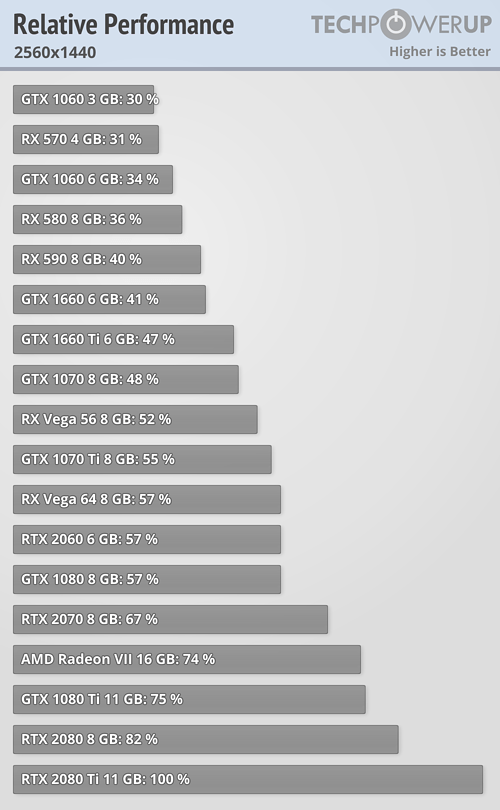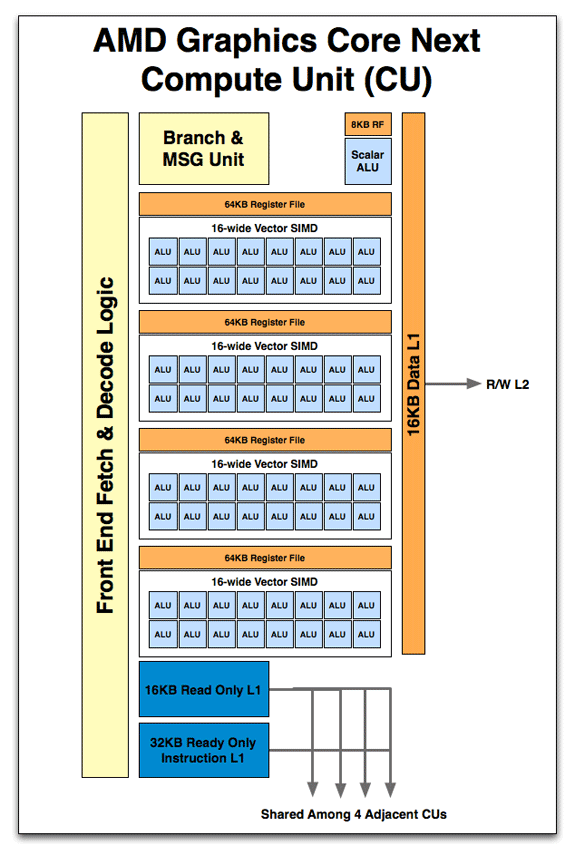As I said earlier, the pattern of AMD prices resemble that of someone attempting to fix prices by keeping prices elevated.
The RX580 and RX590 launch were good demonstrations of this.
Typically AMD has launched their rebadges at significantly cheaper prices and faster than the predecessors.
However this time around the RX 580 was essentially the same starting price as the RX 480(10 dollars less) and the RX 590 was simply stupidly priced coming at a significantly higher msrp than the 2.5 year old Polaris.
Usually prices drop over time because better yields due a maturing manufacturing process. We saw this with every release from AMD and Nvidia. Rebadges come cheaper and faster. It was different this generation.
What these releases did was help sustain elevated pricing from both companies. They would normally be poor sellers but mining happened two months after the rx580 launch(just prior to the rx580 launch, rx 480s could be found for 150).
The Rx590 is even more proof of this. Mining was dead by the time it was launched and normally a card that is a 3rd rebadge would come in much cheaper than the RX 480. But instead we got a card 11% faster than a RX 580 for 22% more money. This allowed the RX580 pricing to stay relatively high.
On top of this we see Nvidia not stepping on AMD toes at all until the launch of the gtx 1660 ti which was a much later launch. That is they did not launch anything like the GTX 970 or 1070 for that matter, and hurt AMD margins that much which they normally would do.
It's just so strange how sustained pricing was this generation where prices drops usually happen a year later after the launch of the card. This generation they only happened when the launch of new architectures occured which was 2.5 years later. Mining helped sustain prices but it has been dead for almost a year now and used card have flooded the market for a while now.
If AMD is going to charge $400/$500 for a 200mm2 die(which is equivalent to polaris 10 in terms of product stack), it just seems extraordinarily greedy to the extent 1000/1200 RTX 2080 ti seem well priced. Considering AMD is the underdog and would normally price their cards better(and don't have the HBM2 excuse), this seems like price fixing because both companies are mutually benefiting(particularly after Nvidia raises their price again) and don't seem to be competing with one another in a manner that benefits the consumer.
However, I would not take this rumor at 100% face value.
Knowing AMD viral marketing department, this could a false rumor to make an actual price of 350-400 dollars look good.
How does that make any sense? Only way you could get away with that is if you had a very dominant position. Not even Nvidia has been able to do that, so no clue why you think AMD is.
Frankly it just sounds like market value. If anything it seems to suggest a move back to what was fairly common market prices (product stack of 2-3 basic dice covering $150-~$400-500 range).
They were still selling, so AMD had no reason to drop prices. Plus, while the 200 series launched at a higher price, they dropped sharply, and then the 300 series saw a significantly higher price than the 200 series at its launch.
And when the market is buying up all the GPUs it can, companies are not going to drop prices.
Plus that's just MSRP. Look at actual prices (570s going for not much more than $100).
I think its simple. Nvidia priced high (and has been for some time, and people have been paying their prices so they're obviously not going to drop, the market is showing these prices are apparently sustainable). AMD thus had less pressure to drop prices, but even then if you look at actual pricing you'll see AMD's stuff (when mining has died off) are drastically lower than MSRP.
I'm not following your logic there. Again, its about the market. If Navi performs well enough why wouldn't it go for those prices? Die size is not a good way to base things, as costs of newer processes are going up and up and up, so its possible that Navi might cost as much or even more than Nvidia's 2070 and below chips. It'll depend on price for the performance.
What I think we're seeing is AMD coming to the realization that pricing cheap in the market might have been hurting its brand with general consumers. Now they can have their cake and eat it too, where they have MSRP in line with the market (as in closer to NVidia), but can let actual pricing be lower.
AMD viral marketing? You should really consider things before you throw such terms around on here. Heck, why would they have seeded the $249 price so much if there was any possibility of them charging double that?
I've said for some time that if Navi is Vega 64/1080 + 15% then it'll probably be closer to $400, unless AMD is trying to gain marketshare in a huge way (which they have done before so its a possibility, but I was skeptical that it'd be $249 if it lives up to the performance; if Polaris had been +15% over 980 at launch it would've probably been $329, I believe it was roughly inline with the 970 - which was I think $259 MSRP at that time - at launch but improved some and closer to the 980 over time). Pricing low could hurt AMD, and I think, especially early on, there's little reason to price low. Makes much more sense to price fairly high, and then when Nvidia rolls out their 7nm stuff drop prices aggressively. If performance is there, (and its more efficient and has other worthwhile features), AMD will likely sell all the Navi they can at $400 as much as they would at $249. But if they start high, they can undercut Nvidia some, while touting performance and 7nm (if that means anything, hopefully it will mean significant gains for them in efficiency), and then they can either drop prices over time (to keep Navi fresh in consumers minds, say every 3 months they announce a $25-50 price drop, so say it starts at $400, then it'd go $350 holiday season with probably some deals like Black Friday being lower, then Feb they announce $299, then when Nvidia rolls out their 7nm stuff probably next spring its down to $249 and they could probably even drop to $199 by then; or if it starts at more like $329, then they'd probably drop it $30 so for holiday season it'd go $299).
I expect it'll be more in line with the 7900 launch, go high, then drop prices aggressively as necessary (small price drop for holiday season if they have the production to support it and sales had already stabilize, then when 7nm Nvidia stuff is announced or launched, drop aggressively - probably to the rumored pricing of the $249).
I've said this before (more than once I believe) and it bears repeating. The costs of developing and manufacturing new GPUs are such that prices are going to be higher. There are other factors at play as well, but the costs alone mean that prices are almost absolutely going to increase each generation. The only way this is going to change is either via some breakthrough in manufacturing processes driving costs down, or changes to GPUs (which we're starting to see, who was it showing off a "visual processing unit" or something that was capable of doing image processing more efficiently than a GPU, and of course the specialized AI chips with tensor cores and the like, and then with ray-tracing we'll likely see another, so GPUs in the future might be more made up of like 3-4 specialized chips, and probably will emulate older hardware through software). As consumers, it stinks, but its just realities. I think that is going to be one of the main reasons that streaming will take off sooner than later, as it'll substantially readjust pricing for consumers.






